- Home
- smallbusiness
- Tech
- I tried this gorgeous Surface Pro alternative, and it showed what's wrong with tablet PCs
I tried this gorgeous Surface Pro alternative, and it showed what's wrong with tablet PCs
The MateBook’s build is easily the best thing it has going for it. Everything about it comes off like a substantial, premium tablet.

The MateBook's case has its ups and downs. Even if its leathery finish isn’t genuine, it looks great, and doesn’t feel cheap.
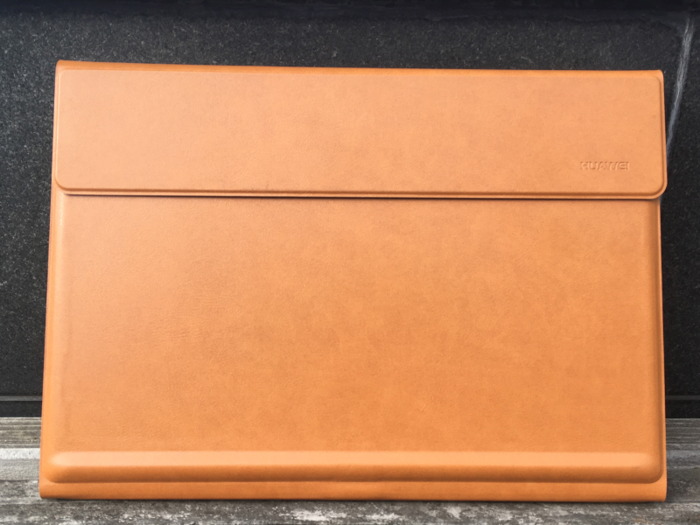
The keyboard could be better, though.
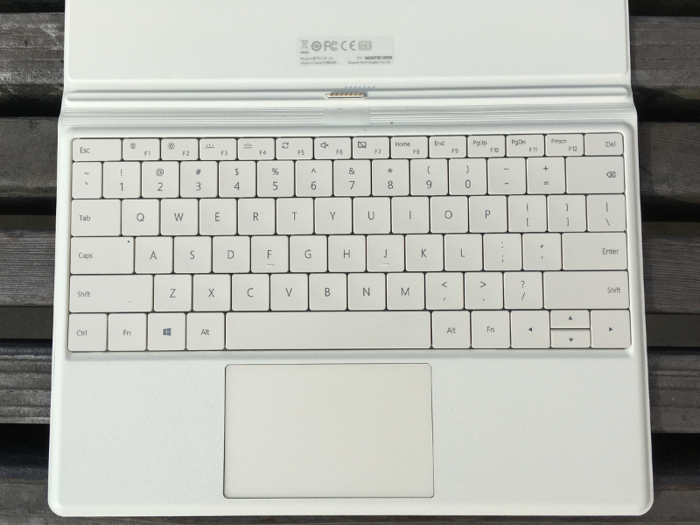
It’s not bad, just unspectacular. The keys themselves are big, but barely spaced out, and they hit down with more impact than I’d prefer.
I still prefer it to the mushiness of Apple’s Smart Keyboard for the iPad Pro, but it’s not as fast or gentle as the board on a hybrid like Lenovo’s ThinkPad X1 Yoga.
The mousepad, meanwhile, responds to clicks, gestures, and general movements just fine. It’s not buttery smooth, but it didn’t cause any complaints.
The tablet-keyboard setup can struggle to stay together in certain positions.
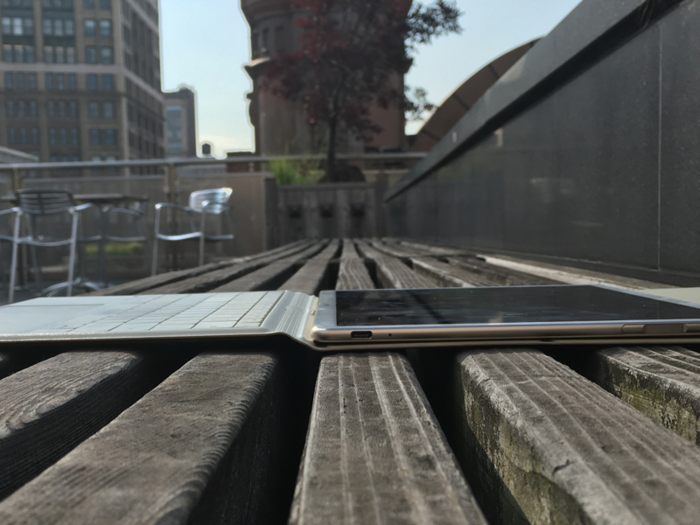
Here’s the first of a few red flags here. As noted above, devices like this are tablets first, laptops second. Though the MateBook does well to stay locked into its connector above the keyboard, there’s still no hinge holding everything together. Instead, per usual, the cover folds back and props the tablet up magnetically.
Here, you can rest the device at two angles. The wider of those two, though, takes very little force to fall apart. Press it just a bit, and the display falls flat.
This isn’t a totally unique problem, but it makes the MateBook difficult to use in most places that aren’t a desk. Browsing around in bed, for instance, I usually kept a pillow behind the display to ensure it stayed up. It’s hard to be much of a laptop when you aren’t really made for people’s laps.
Still, it’s perfectly sturdy at its other, more upright angle. And if you do get most of your stuff done at a desk, you can get used to things easily enough. It’s just the fact that you have to “get used to” anything that’s the problem.
Another problem is ports. Like Apple’s latest MacBook, the MateBook only has one, and it uses USB-C.
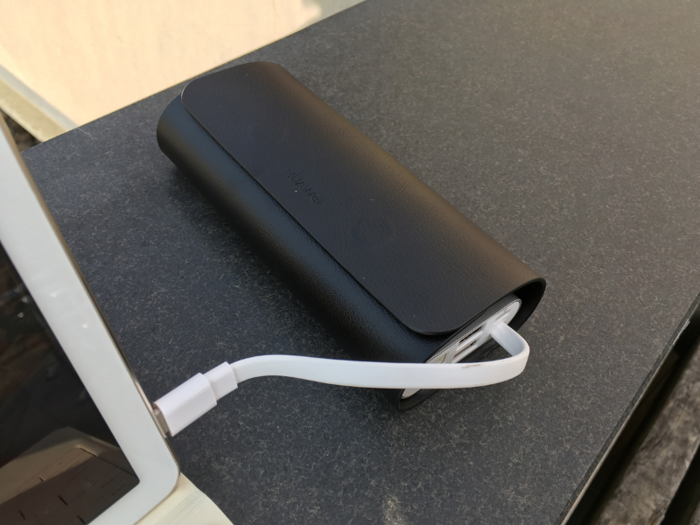
If you’re looking to the MateBook for more involved work, you’ll need to add that connectivity through a docking station. Huawei’s own MateDock adds HDMI, USB, Ethernet, VGA, and a goofy name, but it’s sold separately.
Related to that, Huawei’s also got a “MatePen” stylus. It feels nice, works fine, and has a built-in laser pointer. Chances are you’d already know if you need something like that.
The built-in fingerprint scanner, though, is superb. It makes signing into Windows 10 fast and easy.
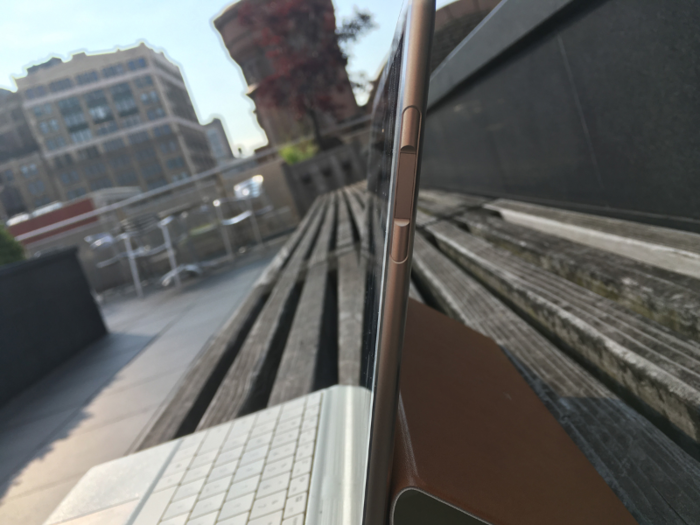
Speaking of Windows 10, the MateBook runs an almost entirely clean version of Microsoft’s OS. There’s no pre-installed bloatware, which frees up storage space and keeps the software from feeling bogged down. It’s the way it should be.
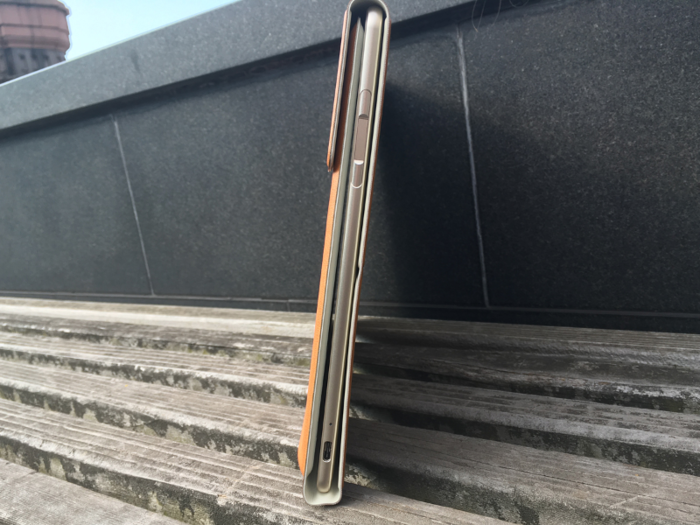
Also appealing is the MateBook’s display.
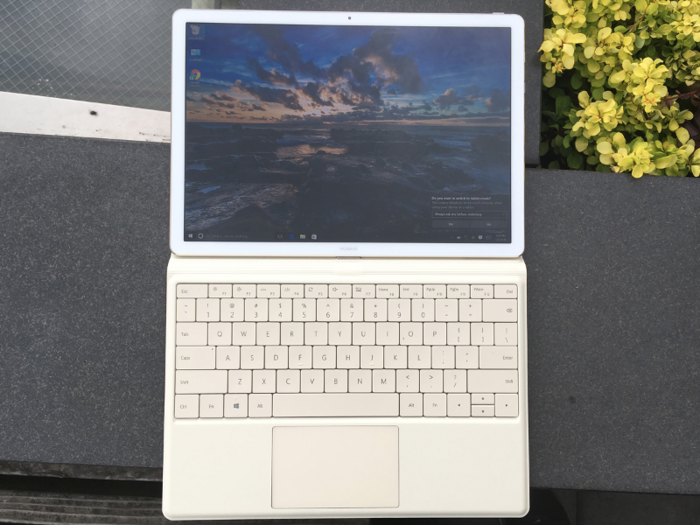
It's a 12-inch IPS LCD screen, with a more-than-sharp-enough resolution of 2160x1440.
Although its colors don’t pop as much as they would on a good OLED panel, they’re still pretty vivid, and everything can get good and bright if needed. It does skew a bit on the bluish side, so it’s not totally accurate, but you’ll only really notice that if you’re looking out for it.
My bigger complaint is that it catches too much glare to be comfortable in the sunlight.
But taken as a whole, it does much more right than wrong. It presents no issues as a touchscreen, either.
The MateBook is plenty powerful enough for basic work and web browsing, but don’t expect a powerhouse.
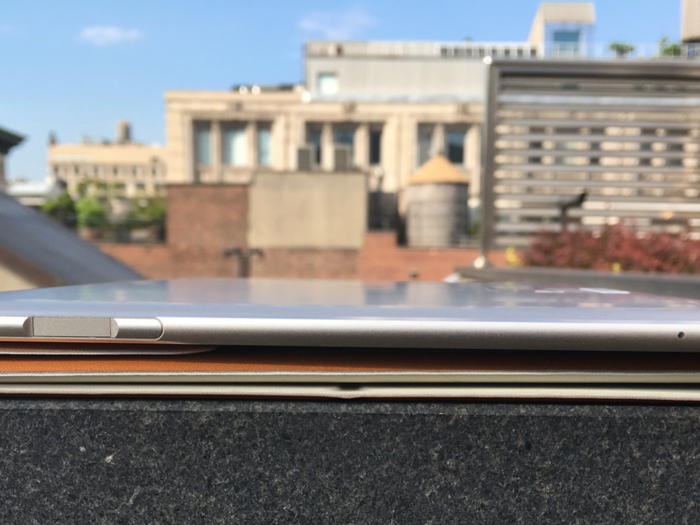
If you’re curious, my review unit came with an Intel Core m5-6Y54 processor, 8GB of RAM, and 256GB of flash storage. Cheaper models can bump that down to a weaker Core m3 CPU and 4GB of RAM.
That Core m chip is what allows the MateBook to be so thin, and for most needs, it should be fine. You can open a bunch of tabs, do word processing, and stream video without things going haywire. Since it lets the MateBook be totally fanless, it also makes no noise as you go along. It’s stronger than your typical Chromebook, to put it one way.
It still falls short of the Core i chips you’d find in a Surface Pro or many full-on laptops, though. Apps and webpages take a bit longer to load, and you’ll want to steer clear of any gaming or involved photo editing. The back of the device can also get fairly hot if you push it too hard.
Without getting too deep into the technical weeds here, Huawei’s also partitioned that 256GB SSD in a way that isn’t totally efficient, so transferring files is relatively sluggish too.
But again, for most of the things people do with their laptops, it’s solid. Just understand you’re trading power for slimness.
The MateBook’s battery life is less forgivable. I could only muster four or five hours of juice on average, which is just not enough for a machine that’s meant to be portable. If you aren’t constantly near an outlet, it’s a killer.
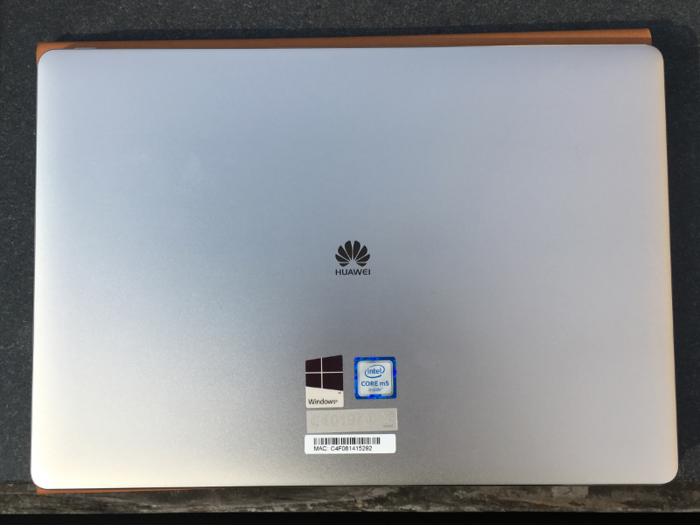
That’s particularly tricky given how expensive it can get.
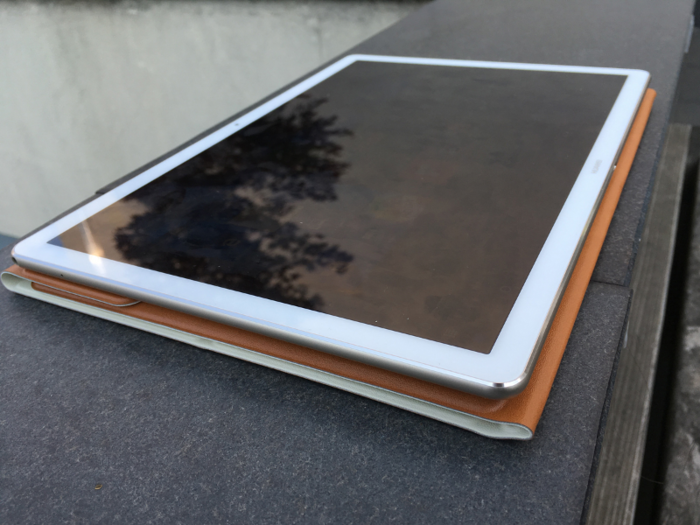
The MateBook technically starts at $699, but you can throw that out, since its specs are too weak, and since it doesn’t include the keyboard case. For something competent, you’d want the 8GB of RAM in my $999 model, then add on the keyboard for another $129. Then you’d have to pay a little more if you wanted more than one port. (Huawei’s goes for $89.)
At that price, I’d just suggest going all out for the stronger and (much) longer-lasting Surface Pro 4 — if you need a tablet that at least comes close to being your PC. For $1100-1200, though, you can find a handful of laptops that are A.) convertible, B.) thin, and C.) not going to make you contort to use them.
Still, even if it has the same compromises as its peers, the MateBook does many things well. If you’re that swayed by the design, though, just make sure you have a desk nearby.
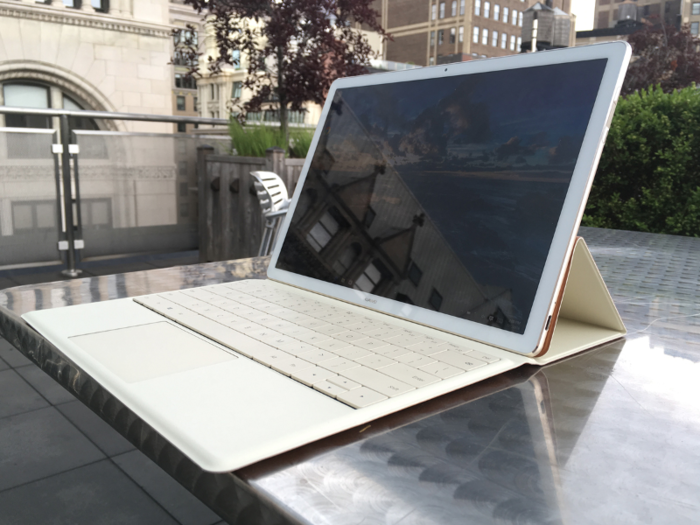
Popular Right Now
Popular Keywords
Advertisement